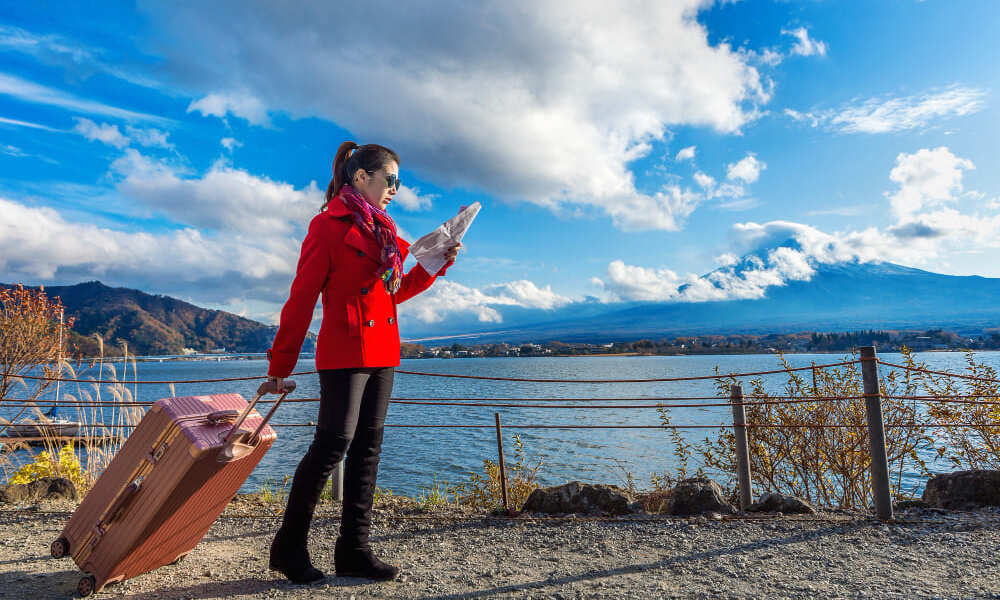The pressure to “see it all” turns trips into checklists—leaving more fatigue than memory. Slow travel rejects the race. It’s a mindset that values depth over breadth, presence over pace, and connection over collection.
Why “Seeing It All” Backfires
Racing between landmarks creates a highlight reel without context. The brain stores fewer meaningful details amid constant transitions, and logistics (tickets, lines, transport) cannibalize energy that could be spent engaging with a place.
- Overload: Too many inputs, too little reflection time.
- Surface experiences: Photos without stories or relationships.
- Opportunity cost: Time in transit instead of time in neighborhoods.
- Carbon and cost: Frequent hops raise emissions and budgets.
What Slow Travel Actually Means
Slow travel is not about moving at a snail’s pace. It’s about intentional pacing: fewer bases, longer stays, and activities that invite participation rather than passive consumption.
- Fewer stops, longer stays: 3–7 nights per base.
- Local rhythms: Markets, cafés, neighborhood walks, public transit.
- Participation: Cooking classes, crafts, language exchanges, workshops.
- Reflection: Journaling, photo curation, unstructured afternoons.
Benefits of Going Slow
- Memory-rich: Depth creates stronger, more retrievable memories.
- Less stress: Fewer check-outs, fewer transfers, fewer alarms.
- Connection: Real conversations with hosts, baristas, guides, and neighbors.
- Budget-friendly: Weekly discounts, cooking some meals, transit passes.
- Lower impact: Reduced flights, less waste, more support for local businesses.
Designing a Slow Itinerary
Use this framework to pace a trip that feels spacious and immersive.
- Pick a theme: Food, architecture, nature, literature, or a festival.
- Limit bases: One region, two to three cities max per 2 weeks.
- Block anchor days: 1–2 planned experiences per base.
- Add float days: Entirely unplanned, for spontaneity or rest.
- Choose local transport: Walk, bike, trams, and rail where possible.
Slow Activities With High Return
- Neighborhood food crawl guided by locals or self-made map.
- Morning market + cooking class + long lunch.
- Urban hike linking parks, viewpoints, and street art.
- Day with a craftsperson: pottery, weaving, calligraphy, woodwork.
- Volunteer half-day with a vetted community group.
- Long café sessions for journaling, sketching, or reading local authors.
Slow Travel Packing and Logistics
Logistics can either create friction or disappear into the background. Aim for the latter.
- Carry-on only; plan one laundry cycle per week.
- Choose accommodations with a kitchen and a comfortable workspace.
- Save places in a custom map; schedule anchors, leave space around them.
- Buy weekly transit passes; rent bikes where safe.
- Protect sleep: quiet neighborhoods, earplugs, eye mask, and no early flights after late nights.
Mindset Shifts That Help
- Curate, don’t collect: Pick a few meaningful experiences and savor them.
- Measure by moments: Replace “How many places?” with “What stayed with me?”
- Embrace repetition: Returning to the same café or park deepens familiarity.
- Accept incompletion: Not seeing everything is the point—it gives a reason to return.
Starter 10‑Day Slow Travel Itinerary (Template)
One region, two bases, and a balanced rhythm of anchors and float days.
- Days 1–5 — Base A: Day 1 arrival stroll; Day 2 market + cooking class (anchor); Day 3 float; Day 4 museum late opening (anchor); Day 5 nearby nature walk (float).
- Day 6 — Transfer: Late-morning train or bus; arrive by 3pm; neighborhood dinner.
- Days 7–10 — Base B: Day 7 cycling tour (anchor); Day 8 float; Day 9 workshop with a local craftsperson (anchor); Day 10 café morning + packing + sunset viewpoint (float).
If Traveling With Others
- Align on the theme and pace before booking anything.
- Set personal time: split for a morning or afternoon every few days.
- Rotate “trip lead” duties so no one carries all logistics.
When Fast Makes Sense
Some contexts call for speed: short business trips, chasing a specific event, or scouting multiple regions to choose a future base. If moving fast, keep legs short, build recovery days, and avoid back-to-back early flights.
Closing Thought
Slow travel is not about doing less—it’s about doing the right things with care and attention. Leave space in the itinerary, and the most meaningful moments will find their way in.

